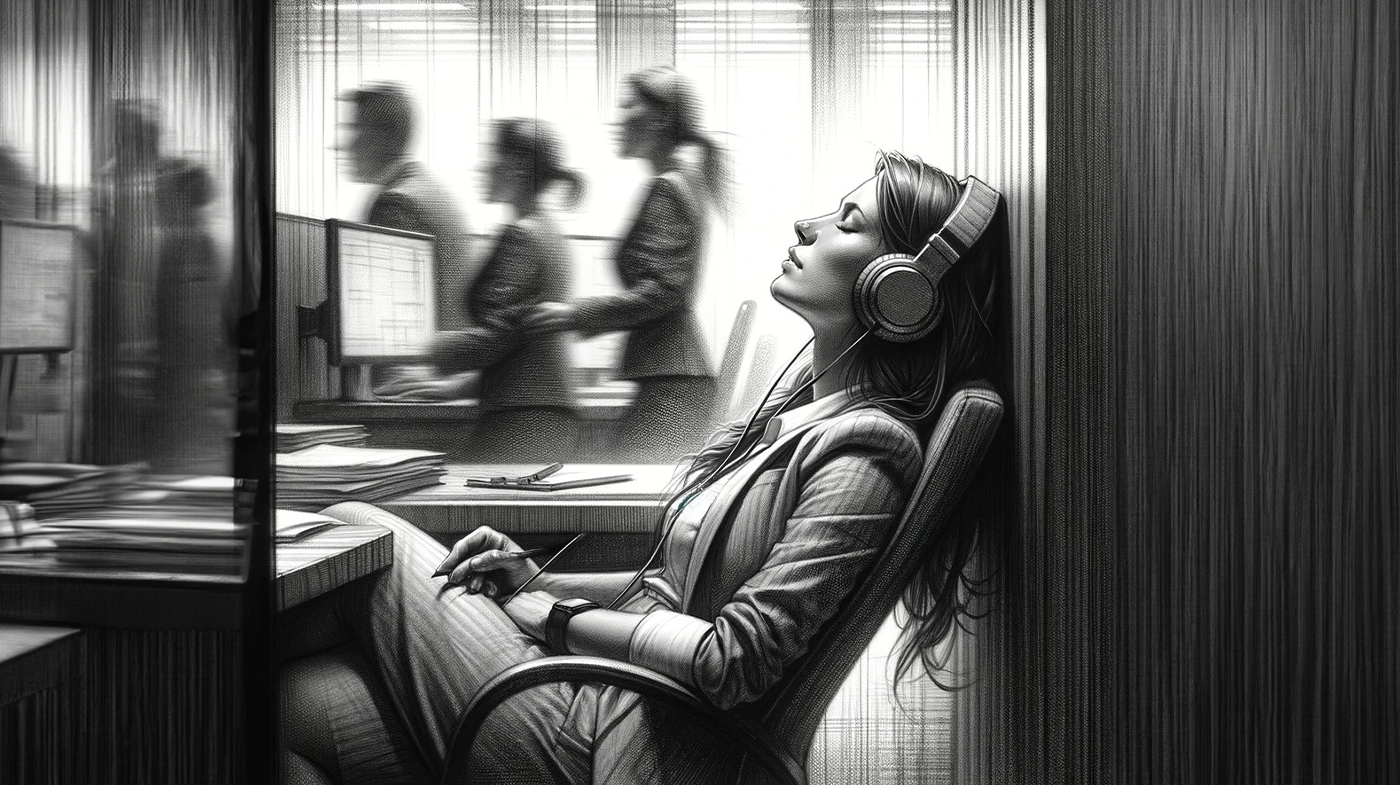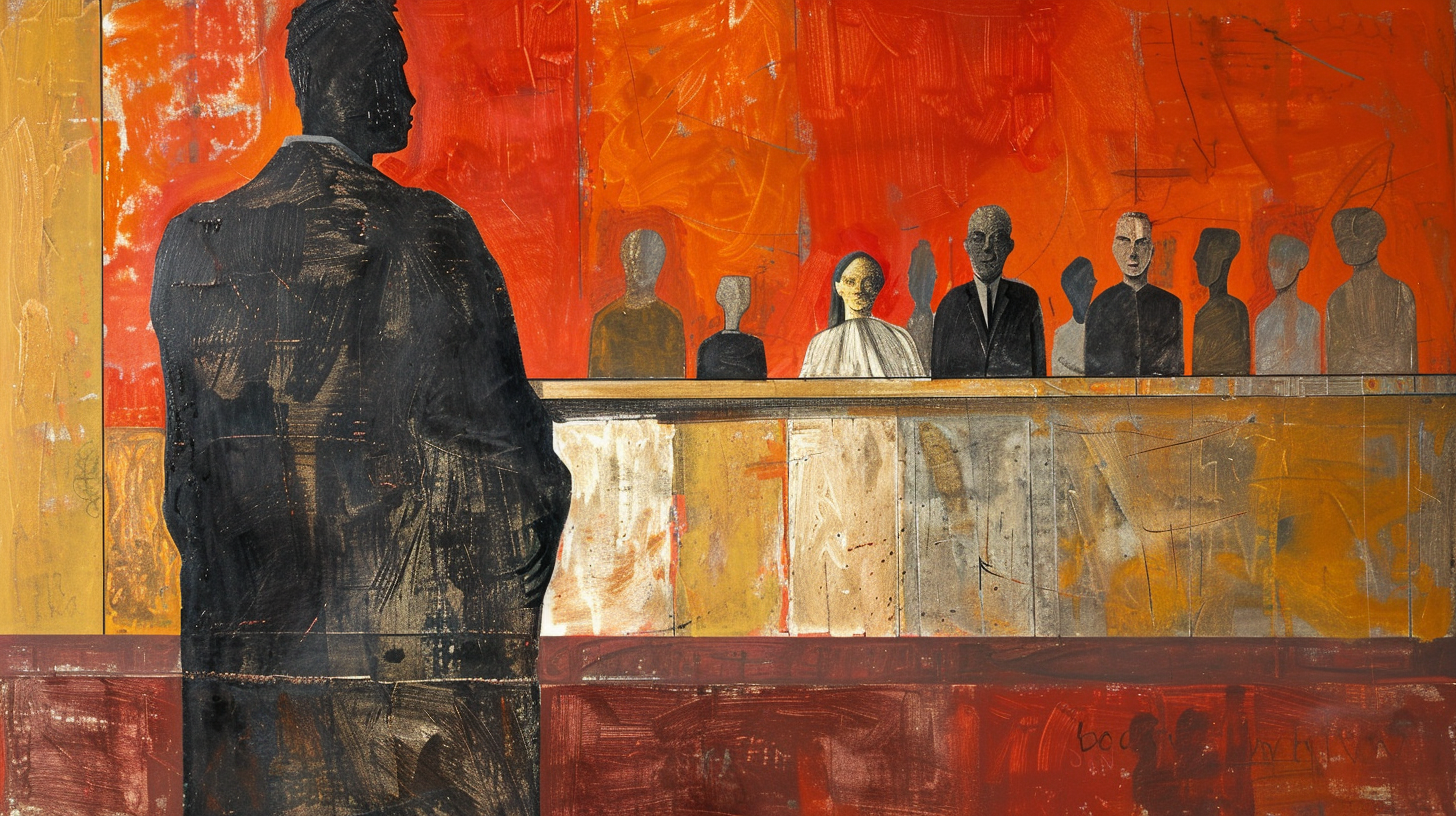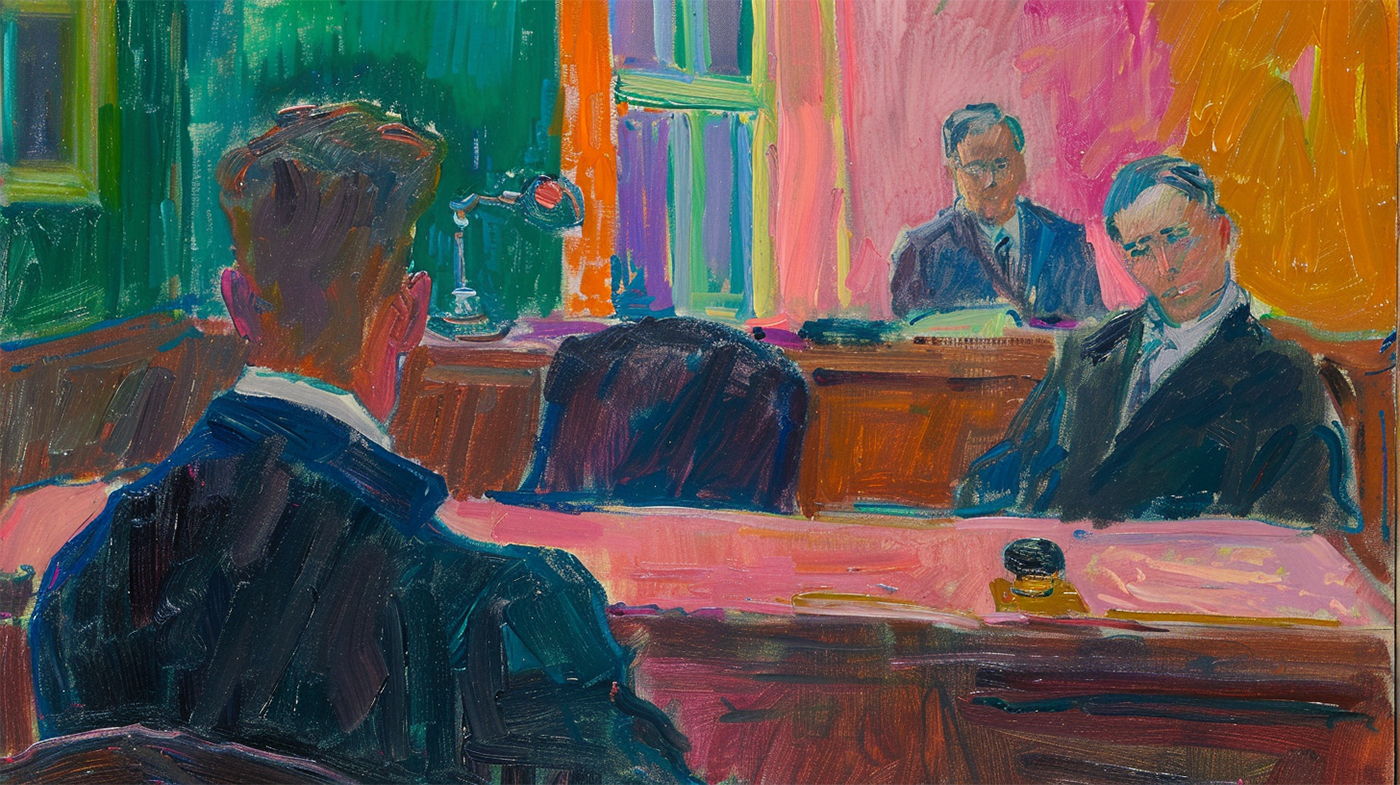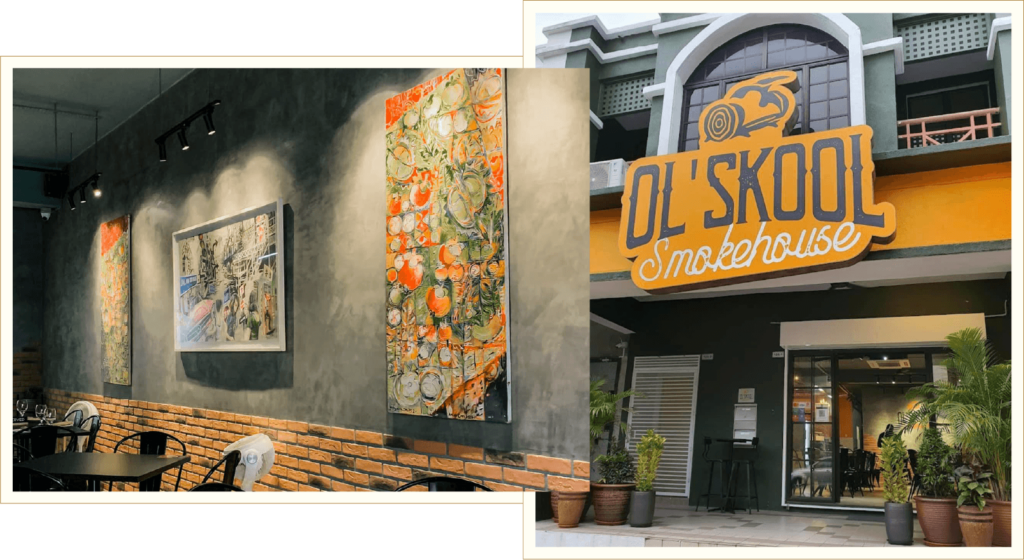As a litigator in Malaysia, if there is one trait we must possess, it is adaptability. Besides the constant sea changes to court processes, case management and court demands, and usual deadlines, we must also contend with the occasional unique legal innovation imposed on us which finds no source in tradition, custom or practice, or the Rules of Court 2012 (the procedural rules for matters in the civil court).
One legal innovation that was the dread of every lawyer in Kuala Lumpur from 2005 to 2010 was the Analysis of Pleadings.
Only one court implemented it. Despite the zeal with which it was implemented in that one court, no other court in or out of the country adopted the practice. Not even the immediately neighbouring courts thought it a legal innovation worth adopting.
In retrospect, it was a good thing the legal innovation was localised. It appalled the senior lawyers. It traumatised the young lawyers. After it was implemented some senior lawyers refused to appear. Some told me they either declined the brief or instructed the case to be withdrawn and re-filed so another court would hear the case. My junior colleague who once attended without me for case management returned from that court in tears. And she’s a toughie and resilient lady.
Government lawyers of weak fortitude refused to appear and begged their senior colleagues to take their place. That happened in my case. We acted for Plaintiffs who claimed they were illegally arrested and detained by the Kelantanese forestry department and police. The defendants, had a succession of federal counsels (i.e., government lawyers that appear in civil cases) appearing until they managed to find a gentleman of pleasant manners, a jovial face, warm bearing and an ability to absorb a huge amount of abuse with aplomb to take over. He was the classiest senior federal counsel I ever met.
So what was this legal innovation called Analysis of Pleadings? ‘An analysis of the pleadings ought to reveal facts that were disputed and facts that were not disputed. Counsel should also have verified the evidence that the parties intend to rely upon to support the facts and, set out a list of issues that could be determined by way of submissions only and those that required a trial.’
The legal innovation wasn’t so much that there had to be this thing done – analysis of pleadings. An analysis of pleadings would happen as a matter of course if we bother to read the cause papers i.e., the statement of claim, statement of defence, etc. After reading, the agreed and disputed facts should become obvious. The main and secondary legal issues in play and the evidence required can be estimated.
The legal innovation lay in requiring counsel for the respective litigants to prepare a table combining the statement of claim and statement of defence which was called the Analysis of Pleadings.
Imagine a table split into two. The Statement of Claim on reproduced on the left. The Statement of Defence is on the right side. The idea was to put them side by side so we can see how the defendant responds to each paragraph of the statement of claim. Each paragraph in the SOD had to correspond to each paragraph in the SOC.
The other innovation was this, the evidence for each paragraph had to be stated under each paragraph of the pleading and the lawyers were supposed to verify its truth. The consequence of this was that if the evidence was found not to be true, the lawyer can be accused of lying to the court. That’s what we were warned about. All the time.
The trial would not proceed until and unless this Analysis of Pleadings was prepared and completed to the satisfaction of the judge. The Analysis of Pleadings determined how much trial we needed to have because it would reveal the narrow area of dispute. The Analysis of Pleadings in the judge’s assumption would necessarily result in a majority of the dispute being resolved by the mere application of such an analysis.
There was no tangible precedent for us to use. We had to figure out how to prepare it based on his court utterances, declarations, his critique of our Analysis of Pleadings and that of others. And that was the problem. No one seemed to get the Analysis of Pleadings right. I don’t know anyone who did during my time.
I know of this because I had one case in that court. Despite the numerous case managements, over a year and a half, I attended with my colleague (except that one time), and the senior federal counsel, we never seemed to get the Analysis of Pleadings right. We were no genius, but I do know we were not so stupid as to keep getting it wrong over such a long period of time. This wasn’t rocket science.
Somehow, there was always something wrong with ours. This was not in. That was not enough. Those should have been in. Of course, there were all the attendant stinging verbal slings and arrows to go along with the critiques. However, the judge did not write down any of the critiques against our Analysis of Pleadings. I always wondered how he remembered what directions he gave at the previous case management.
Our only consolation was no one seemed to get it right either and suffered the same fate as us. And that we only had one case in that court.
The case management I remember most was our last. We had gotten the Analysis of Pleadings pretty close to what the judge wanted by then. Or so I thought. I was determined to get the case to trial and was exhausted by the many rounds of doing up the Analysis of Pleadings. My colleague and I could not escape the sense of dread every time we had to go for case management about the said analysis.
Our case was called up first that day in a court packed with many other cases listed for case management. All case management was carried out in open court. I rose at 9 am and, according to my colleague, finally sat down just after 12 pm, thoroughly spent. I felt like I argued a full-on application or appeal for three hours. My colleague said to me, You don’t want to look behind. Everyone is angry that our case took the whole morning.
The judge went line by line all the way to the end with our Analysis of Pleadings. My opponent and I were assailed with questions such that I felt we were on trial. We received equally the usual round of verbal barbs in the process. In that respect the judge was fair.
There were still shortcomings but at least we felt assured this last round of corrections would complete the coveted Analysis of Pleadings. Another case management date was fixed for us to present the corrected one. If he were satisfied, we could propose issues to be tried, witness statements and trial dates. That was the most encouraging sign of progress ever since we started.
However, as fate would have it, the judge was elevated to the Court of Appeal. The cases in his court could not progress for a few months until a new judge took over. At our first case management, the new judge asked for a briefing of the case. He asked why was there nothing else in the file besides the pleadings. We informed the judge of the Analysis of Pleadings that we had been working on for more than a year and handed him the latest revised version.
The judge looked through it. Finally, he put it down and declared that we will not be using it. We were directed to file the statement of agreed facts, issues to be tried statement, the common and disputed bundle of documents and witness statements and immediately fixed trial dates, which were less than six months after our case management. The new judge heard and decided the case less than a year after he took over.
All that wasted time, effort and barbs over preparing the Analysis of Pleadings which was not used. As a litigator sometimes you don’t know how to explain this aspect to the client.
To be fair, I think the judge’s sentiments in making the lawyers prepare an Analysis of Pleadings was likely born out of his sense that the lawyers appearing before him did not read their file and think through their cases properly. I would not disagree with that sentiment. I saw and continue to see it myself. It is a widespread problem.
But having lawyers prepare such a thing and becoming fixated upon it was ultimately counterproductive. More time was spent refining the analysis of pleadings than moving the case to trial and decision. The practice ceased immediately and completely after the judge’s elevation. I did wonder what happened to cases that finally went to trial in his court.
I was to discover that a couple of years later by chance when I was hanging out at the Court of Appeal after I finished my hearing. I was listening to the cases after mine but many were uninteresting. I was about to leave when I heard the chairing judge exclaim in surprise:
‘Counsel, why is your record of appeal so thin? Where is the rest of it?! This is an appeal after trial right?’
‘Yes, my lord,’ replied the appellant’s lawyer. ‘My lord, we had a trial, but…’
‘Yes, then where are the notes of proceedings? the witness statements? bundle of documents? I don’t see anything, here.’
‘That’s the thing, my lord, the judge didn’t require it.’
‘What do you mean didn’t require it?’
‘Because of the analysis of pleadings, my lord.’
‘Yes, I see this is the only thing in here besides your notice and memorandum of appeal and the pleadings.’
‘Because that’s all there is, my lord.’
‘What?! There has to be a trial. How can you have a trial but you don’t call any witnesses? Did you object to this mode of trial?’
The appellant’s lawyer broke into an anxious smile.
‘Well, it was… uhm… we were … not in a position to object, my lord.’
‘Respondent counsel. Was there an objection by your side to this mode?’
‘It is as my friend said, my lord. We were not in a position to object. We just had to comply.’
‘Did you both agree with it?’
‘No,’ the appellant and respondent counsels said in unison.
‘Then you must object. If you disagree you must object. How can you allow it to go on? If you don’t object the judge thinks you agreed.’
The counsels stood quietly with their heads hung down.
‘And there are no grounds of judgment, am I right? Just this analysis of pleadings.’
‘Yes, my lord,’ responded the appellant’s lawyer.
‘So what do you want in this appeal counsel?’
‘My lord, we just want a proper trial of the claim. The usual way. We are not asking this court to find in favour of the appellant. Just give him a proper chance. Send it back down for retrial. Costs here and below be cost in the cause of the trial. I think that’s fair to all parties, my lord.’
‘Respondent’s counsel, what is your response to that?’
‘I think that’s fair, my lord. We have no issues with a retrial. I would only add that we should not have to return the cost paid to the respondent thus far. We should be fair to the respondent as well. The retrial is going to take a while.
‘Okay, good. This appeal is allowed. We declare a mistrial and this matter is remitted back to the high court for retrial, with the cost of this appeal and below be costs in the cause of the retrial. Cost paid to the Respondent in the court below shall remain with the Respondent until the final determination of the costs of the retrial and shall be paid as directed by the court. Finally, this court would like to thank the counsels for being reasonable and coming to an agreement on the appeal. Next case.’
That was the last I ever heard of the legal innovation known as the Analysis of Pleadings. A good indication of whether an innovation is taken up is if other judges find value in the practice and adopt it. But if they don’t, it is a sign that the legal innovation will eventually grow extinct.
I just pity all the clients and their lawyers that have to live through the times before its extinction.
Related Posts
- The Importance of Not Using Metaphors to Describe Symptoms
Once in my teens, I went to see my usual doctor, a general practitioner, in…
- Mentoring the Mediocre
For a long time now, I have not been discerning about whom I teach. The…
- The Death Penalty
Are you for or against the death penalty? I have never liked that question because…
- The Quality of Integrity Expected of Lawyers
Earlier this year, I had a matter with a long-time client that provided me with…
- The Use and Uselessness of Statutory Declarations
On 1.11.2022, Vibes.com reported the following: Despite denials by party president Datuk Seri Ahmad Zahid…








1 thought on “Analysis of Pleadings”
I remember him very vividly and was only a 1st year lawyer.